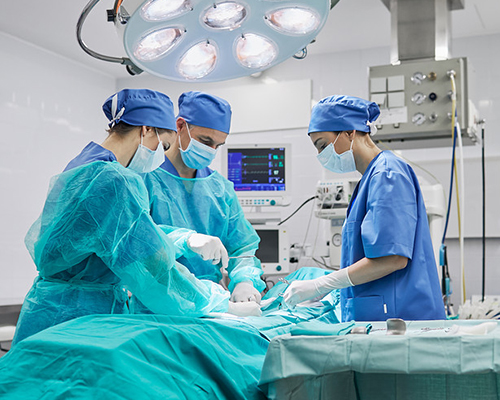
Know Everything About Piles
A pile is swollen veins in the lower abdomen and rectum. These swellings can cause localized inflammation of other tissues. A pile is also known as hemorrhoids.
The symptoms of piles may not always be obvious. In the United States, at least 50% of people over 50 have hemorrhoids, which is the most common type of gastrointestinal disease.
This article discusses piles, their causes, diagnosis, grading, treatment, and the effects they may have on the body.
What Are Piles?
Piles, also known as hemorrhoids, are swollen veins in the lower part of the rectum or anus. They can occur internally or externally and are a common condition affecting both men and women.
Internal hemorrhoids are located inside the rectum and are usually painless. They may cause bleeding during bowel movements or produce a feeling of incomplete evacuation.
External hemorrhoids are located under the skin around the anus and can be painful, itchy, and sometimes bleed. They may also cause a lump or swelling around the anus.
Common causes of hemorrhoids include chronic constipation, straining during bowel movements, pregnancy, and obesity. Treatment may involve lifestyle changes such as increasing fiber intake and drinking plenty of water, as well as over-the-counter medications and, in severe cases, surgery. It is always advisable to consult a doctor if you are experiencing symptoms of hemorrhoids to determine the best course of treatment for your individual situation.
Internal vs. external
An external pile may grow to protrude outside of the anus in some cases. This is known as a prolapsed hemorrhoid. Internal piles occur inside the rectum and are usually invisible from the outside.
Medical professionals grade internal piles on a scale of one to four.
Grade I: No symptoms are present, and no protrusions are visible.
Grade II: The piles prolapse from the anus and return inside on their own.
Grade III: Prolapsed piles recede only manually within the anus.
Grade IV: A person cannot push back piles that prolapse outside of the anus.
Thrombosed external piles, or hemorrhoids that have clotted, need immediate medical attention as they develop small lumps on the outside edge of the anus. They are very itchy and are very painful if a blood clot forms.
Causes
Piles or hemorrhoids can have several causes, including:
-
Chronic constipation: Straining during bowel movements can put pressure on the veins in the rectum and anus, leading to the development of hemorrhoids.
-
Diarrhea: Frequent episodes of diarrhea can also contribute to the development of hemorrhoids by causing irritation and inflammation in the rectum and anus.
-
Pregnancy: Increased pressure on the veins in the pelvis during pregnancy can cause hemorrhoids to develop.
-
Obesity: Excess weight can put pressure on the veins in the rectum and anus, leading to the development of hemorrhoids.
-
Aging: As we age, the tissues supporting the veins in the rectum and anus can weaken, making hemorrhoids more likely to occur.
-
Straining during heavy lifting: Straining during heavy lifting can also put pressure on the veins in the rectum and anus.
-
Sitting for prolonged periods: Sitting for long periods of time, especially on a hard surface, can put pressure on the veins in the rectum and anus.
-
Genetics: Some people may have a genetic predisposition to hemorrhoids, making them more likely to develop the condition.
Risk Factor of Piles
There are several risk factors that can increase a person's likelihood of developing piles or hemorrhoids, including:
-
Age: As we age, the tissues supporting the veins in the rectum and anus can weaken, making hemorrhoids more likely to occur.
-
Chronic constipation: Straining during bowel movements over a long period of time can put pressure on the veins in the rectum and anus, increasing the risk of hemorrhoids.
-
Pregnancy: Increased pressure on the veins in the pelvis during pregnancy can cause hemorrhoids to develop.
-
Obesity: Excess weight can put pressure on the veins in the rectum and anus, leading to the development of hemorrhoids.
-
Sitting for prolonged periods: Sitting for long periods of time, especially on a hard surface, can put pressure on the veins in the rectum and anus.
-
Genetics: Some people may have a genetic predisposition to hemorrhoids, making them more likely to develop the condition.
-
Inflammatory bowel disease (IBD): People with IBD, such as Crohn's disease or ulcerative colitis, are at increased risk of developing hemorrhoids due to inflammation in the rectum and anus.
-
Anal intercourse: Engaging in anal intercourse can cause trauma to the tissues in the rectum and anus, increasing the risk of hemorrhoids.
Treatments
There are some treatments that can significantly reduce the discomfort and itching that many people experience with piles, although piles usually resolve on their own without the need for treatment.
